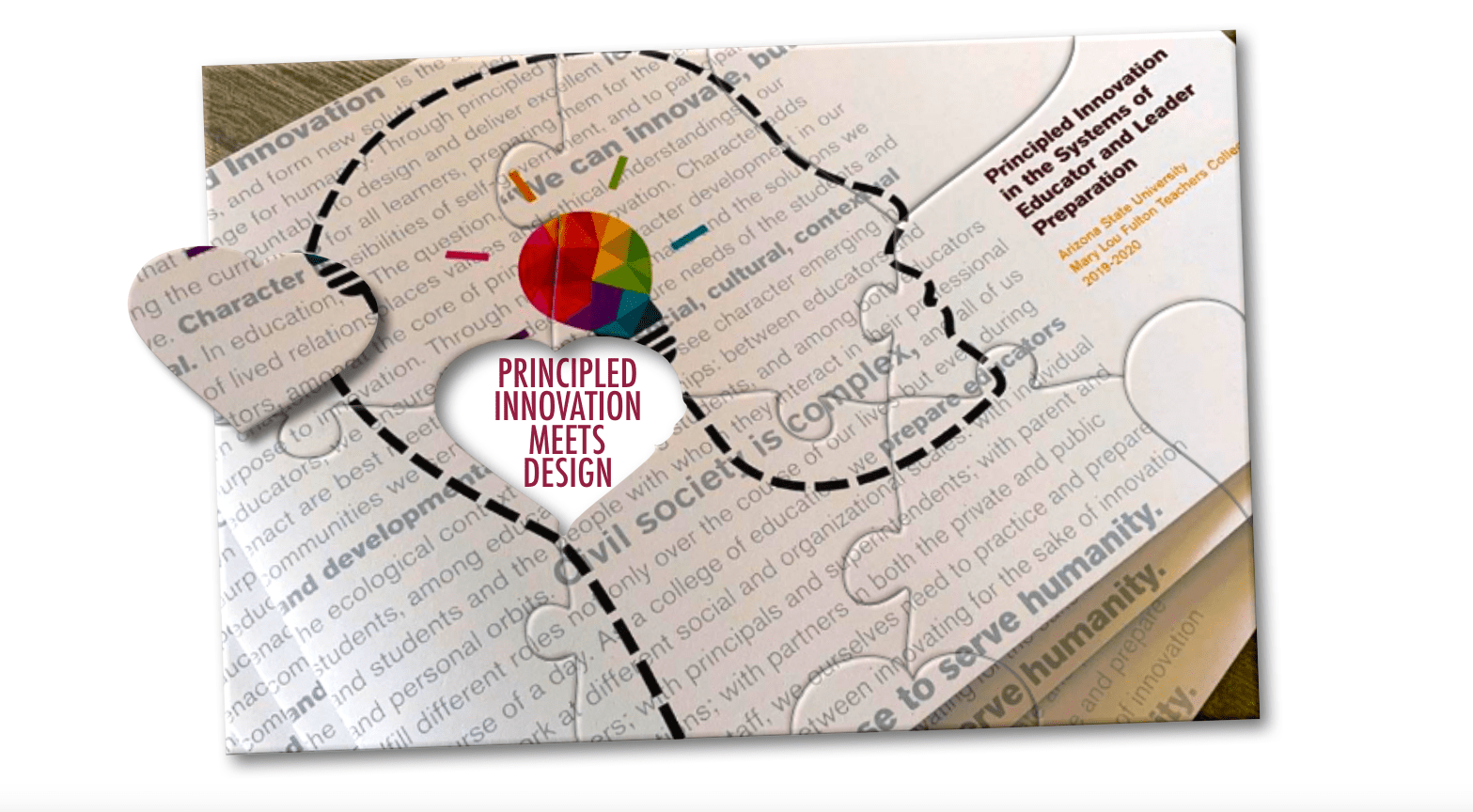MindHacks has a great post related to some of my previous postings about anthropomorphizing interactive artifacts (see here and here) – just that this time these artifacts under discussion are robots. As it turns out, sometime too much similarity between humans and robots can really mess things up in our mind – and we fall into, what has been called, uncanny valley.
A good example of uncanny valley is how strange and disturbing movies like Polar Express (that use sophisticated motion capture technologies) look like – mainly because they are close to human actions but not identical with them. Contrast that with how easily we can see personality and character in a set of dancing squiggles that make up cartoon movies. My favorite example of uncanny valley comes from Toy Story 2, where the toys look just perfect, when they move and speak. The illusion holds – and the characters come “alive,” in powerful, emotionally valid ways. However, the illusion collapses the moment they bring in a human (be it Andy or the “Chicken Man” or worst of all a little baby). Somehow our brains are unwilling to accept even minor lapses from full fidelity when it comes to humans.
For some reason, a mantra of computer graphic artists (whether they work in movies or in game design) is higher and higher fidelity. What is interesting is that by this they may actually be making things look less realistic.
In contrast, people see intentionality, agency and personality everywhere. This was demonstrated most cleverly by two psychologists Heider and Simmel back in 1949. They showed subjects simple film animations, mostly of geometric shapes, and asked them to describe what they saw. Most participants developed complex stories about these shapes, bringing in higher order constructs such as love and villainy to explain what they saw. If this seems really weird, take a look at one of these movies (here is a direct link to the movie, and a link to the page that describes this and other experiments). It is difficult not to see “narratives” in these rather abstract animations.
Anyway, the MindHacks post (Uncanny Valley of the Dolls, what a great title) provides links to online videos and research publications of Human-Computer Interaction researcher Karl MacDorman. This is a far cry from the little animate geometric shapes… and as fascinating.
In my 917 class, we spend quite some time discussing our relationship to artifacts. Interactive artifacts are interesting boundary objects that exist in between the artifactual and intentional worlds. It is no wonder our psychology gets all messed up when we have to interact with things like this. And these boundary objects are increasingly becoming part of the world we live in – whether they be robotic toys, or vacuum cleaners). As an educator, I often wonder how continuous interaction with such artifacts influences the way we think about artifacts, and about humans.
One of my research studies (with Andrea Francis) looked at how children respond to anthropomorphic toys.


0 Comments